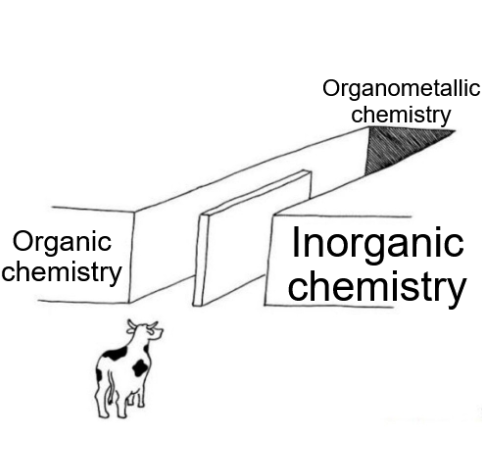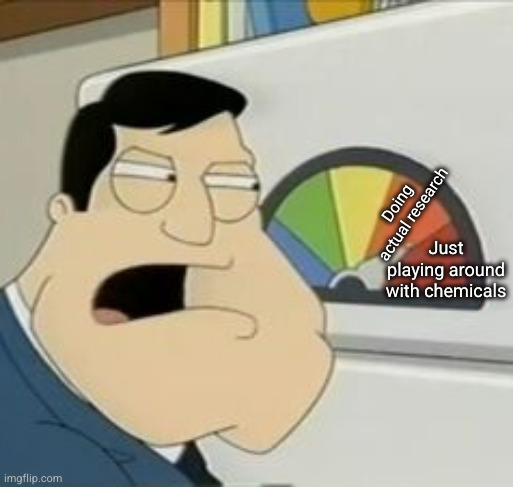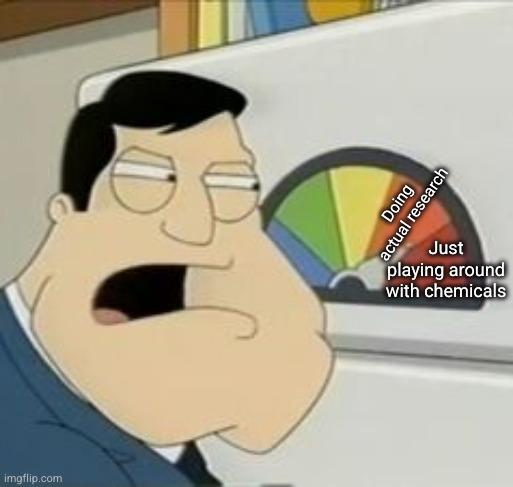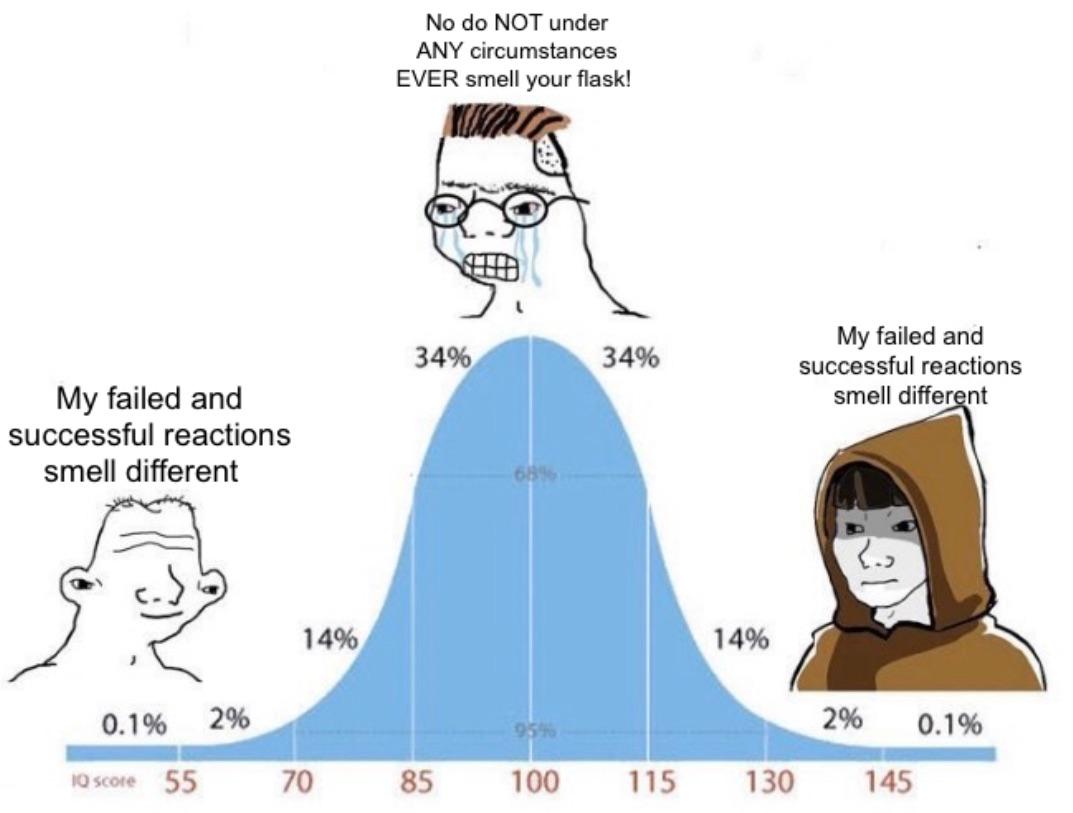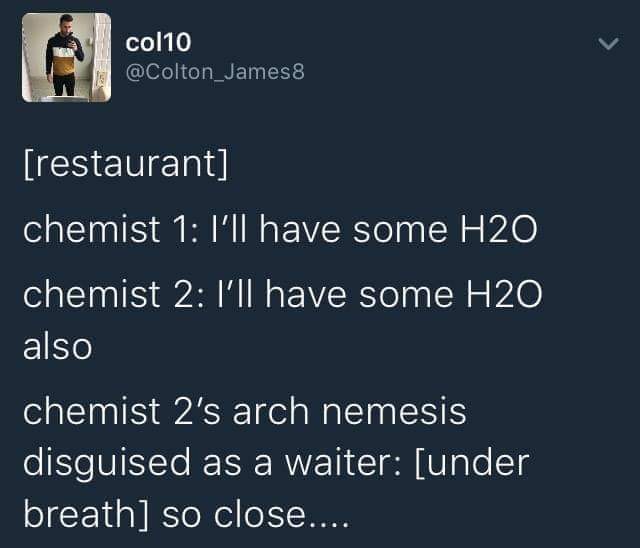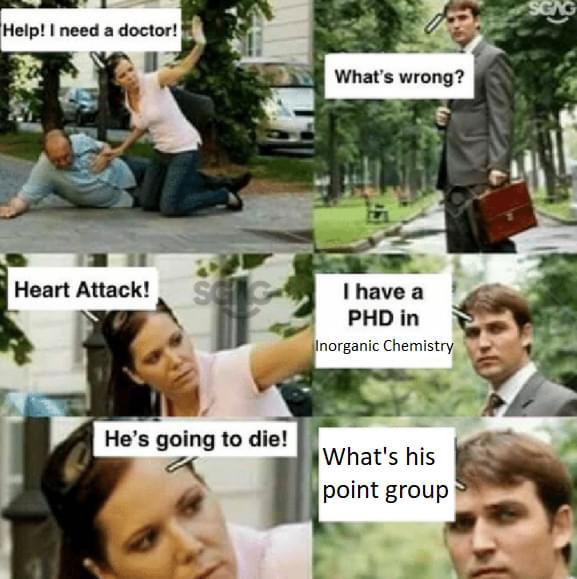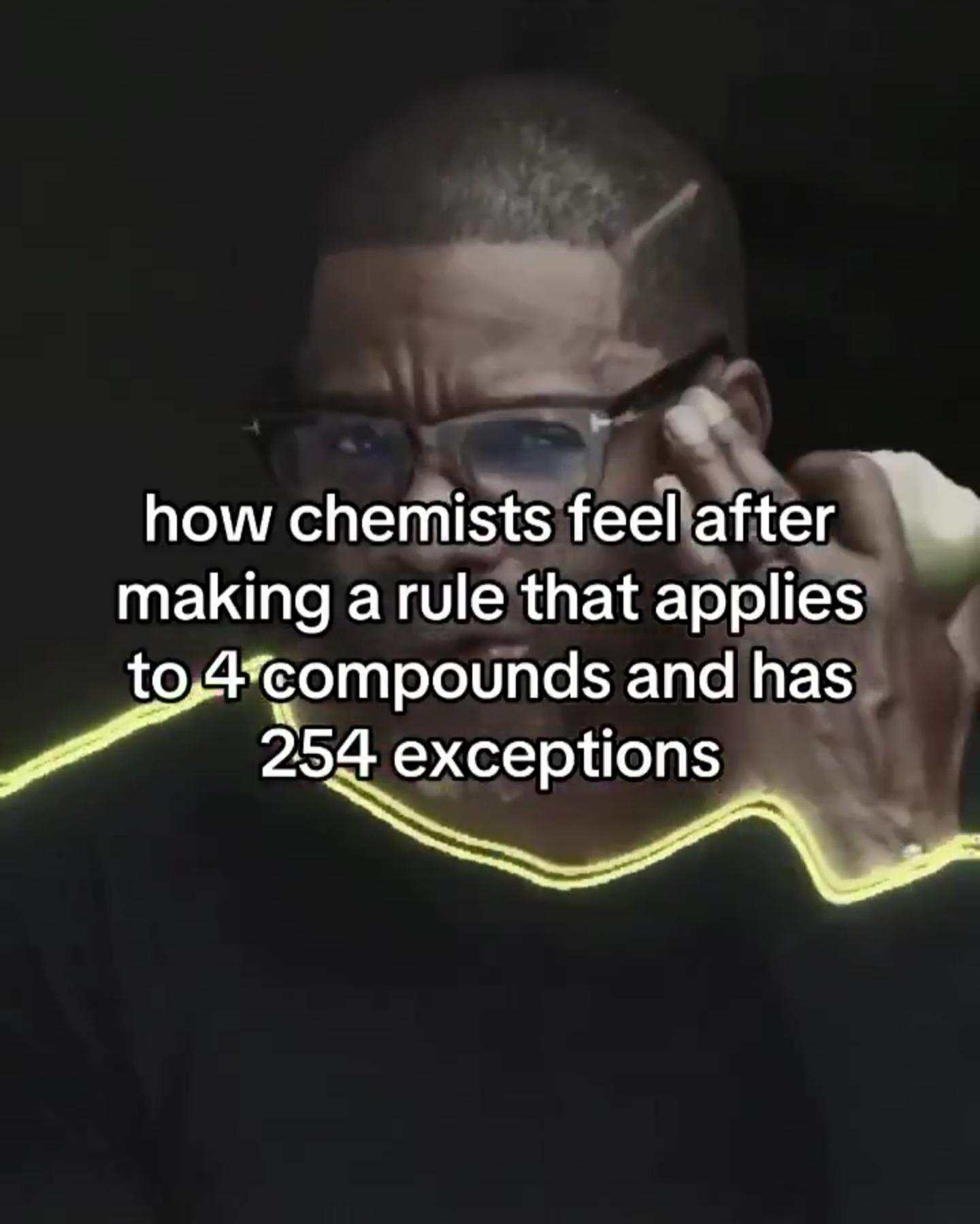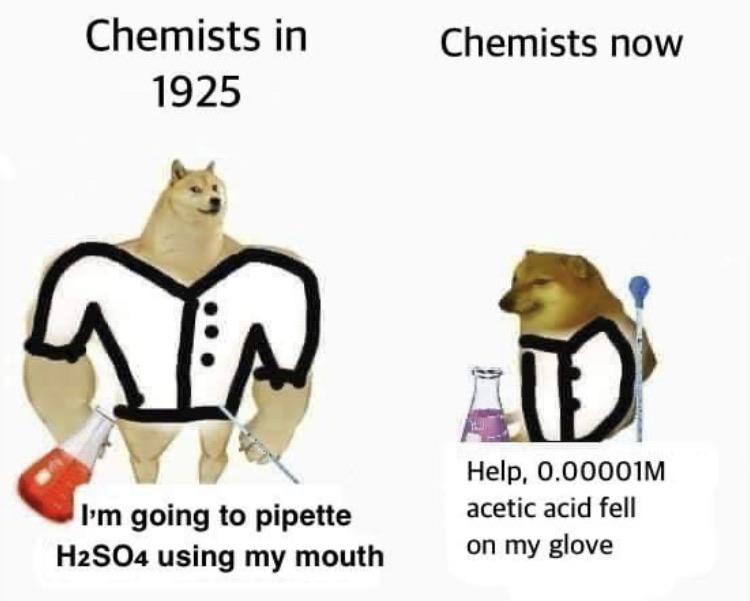Behold the scientific dating hierarchy in its natural habitat! The chemist gets a partner (chemical bonding at its finest), the biologist gets a whole group (studying social dynamics, obviously), and the physicist sits alone (probably contemplating the singularity of their existence). Meanwhile, the mathematician is having an emotional breakdown just trying to calculate their chances of finding love. The formula must be complex because the tears are REAL. And somewhere off-camera, engineers are building a bridge to cross this river of tears, but nobody invited them to this experiment!


 Academia
Academia
 Ai
Ai
 Astronomy
Astronomy
 Biology
Biology
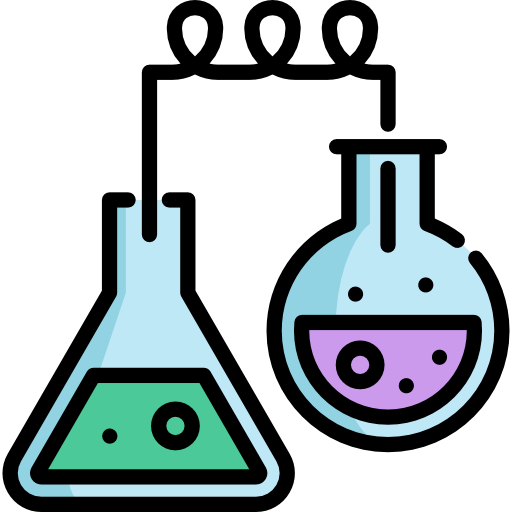 Chemistry
Chemistry
 Climate
Climate
 Conspiracy
Conspiracy
 Earth-science
Earth-science
 Engineering
Engineering
 Evolution
Evolution
 Geology
Geology
